New Yorkers have long been debating an idea of how to reduce traffic congestion in the city. It’s called congestion pricing and has recently been approved as part of the city’s 2020 budget.
Curiously enough, there are also good economic reasons for why that could be effective.
What are these reasons? It is sometimes called peak load pricing in economic literature and is applied widely throughout the economy. Ski resorts charge more during the winter than the summer. Hotels in NYC charge less for off-peak dates than for holidays. Broadway shows reduce prices for matinees.
The problem that not only New Yorkers face, in technical economic parlance, is a shortage. Demand is greater than supply. The number of car, truck, and bus drivers who wish to use vehicular thoroughfares vastly exceeds the capacity of the roadway stock to satisfy all who wish to do so.
Why do we not have shortages for everyday items such as toilet paper, bagels, pizza, bananas, and shoes? It’s because if such an economic misallocation were ever to raise its ugly head, prices would rise and that would nip the problem in the bud. Prices of these goods aren’t allowed to increase in Venezuela, and as a result, these goods are in short supply there.
Easy Solution
But from a technical economic point of view, the solution is as easy as pie.Driving in downtown Brooklyn, southern Bronx, or western Queens? That will cost you at the rate of 3. The other parts of these boroughs? Call that a 2. Staten Island merits a 1. All those caught driving without a color indicator of these numbers on their dashboards pay a hefty fine. Do it again, and you lose your car. Third strike? It’s the hoosegow for the likes of you. With modern technology, all this can be done far more easily electronically. We can easily return to a zero price between the hours of 2 a.m. and 5 a.m., during which there is no divergence between supply and demand.
Price Adjustment
This works so well in numerous other areas of the economy. When it rains, and demand for taxicabs rises, Uber charges double, even triple the usual rates. When drivers are notified about these changes, they get off their couches, get into their cars, and come to the rescue of customers waiting in bad weather for a ride. When Katrina struck New Orleans, all prices skyrocketed. As the first few dozen people entered the supermarkets, instead of grabbing up all the now scarce groceries they could, they left some for late arrivals.And, also, these price rises gave people located far away from the Crescent City more incentive to bring goods there, which lowered prices. Price flexibility encourages us to cooperate more with each other. As a result of these price changes, we all tend to act in a more civilized, humane, and considerate manner. In contrast, driving during peak usage times imposes costs on everyone else. But at the same old ordinary zero price, very few of us are tempted to even think about this. At a higher price, many of us would at least act as if we were concerned about others.
But what about the poor? Right now, they get onto the roads for free. Under this system, they would have to pay, critics will claim. However, first of all, very few of New York City’s really poverty-stricken have automobiles. Parking charges alone practically guarantee that. The poor also pay for food and clothing. Should we make everything “free” and create shortages throughout the economy out of concern for them? Do the poor really benefit from our present system of malignant congestion, where fewer goods and services are produced? Hardly.
Not Quite Perfect
Of course, in this iteration of the economic system, there are still a few problems. The roads, like the subway and the buses in New York City, are run by the government itself or a proxy of it, such as the MTA, all of which are monopolies without real competition and are cesspools of inefficient and corrupt bureaucracies.So the government bureaucracies, which will fix the congestion charge, will almost certainly get the price wrong. However, since any price is better than zero, it will be less wrong than it is now, so that’s an improvement.
Government bureaucracies will also make sure a large part of the funds raised through the congestion charge will be wasted, embezzled, or used to subsidize completely different parts of the government. Such is life.
In an ideal world, there would be different private companies competing to provide subway, bus, cab, and yes also road services to the public. They would have to set a competitive price, similar to the very lightly regulated restaurant industry, which probably provides the best product in the city: food, and that across all ranges of quality and price.
This competitive price would “clear” the market and supply exactly as much road time as needed for the right price to the maximum number of people.
Until this vision of a perfect economic world comes true, we have to live with the limited improvements that government administered congestion pricing will bring New York City and maybe the rest of the nation.
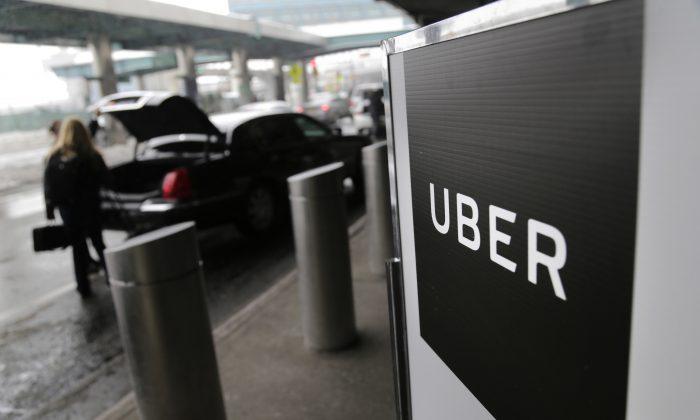
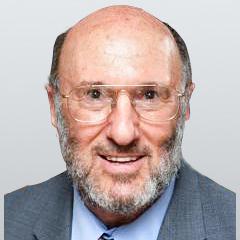
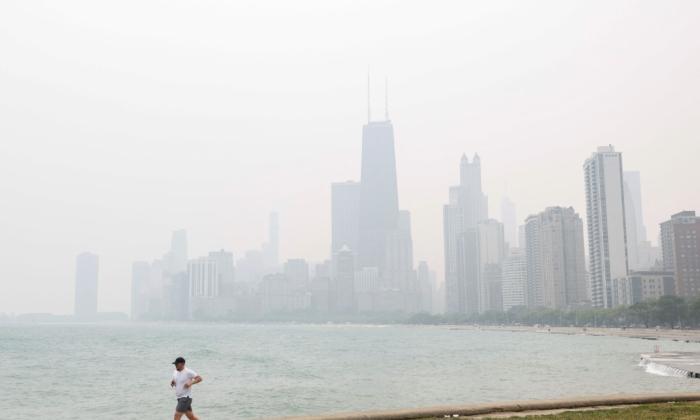
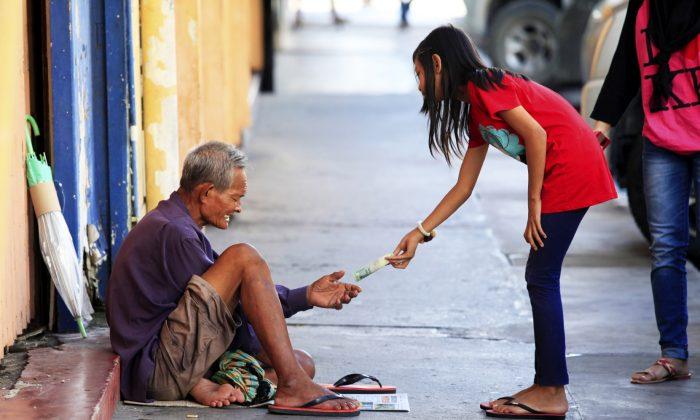
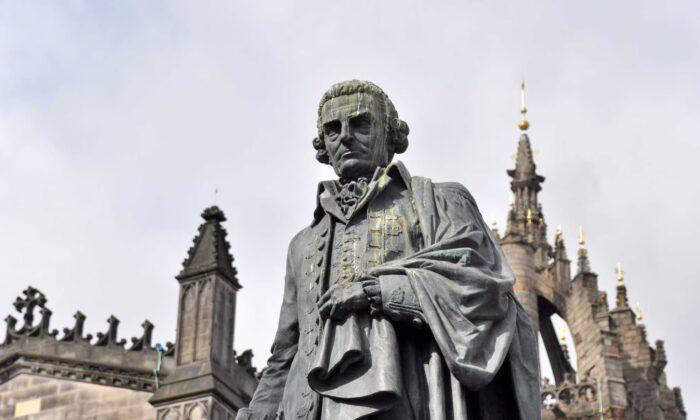
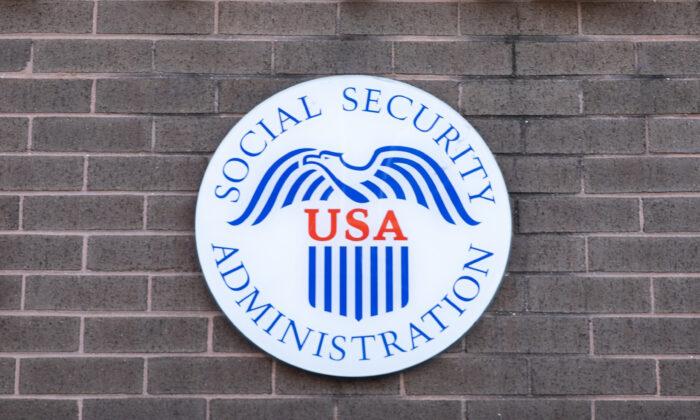
Friends Read Free